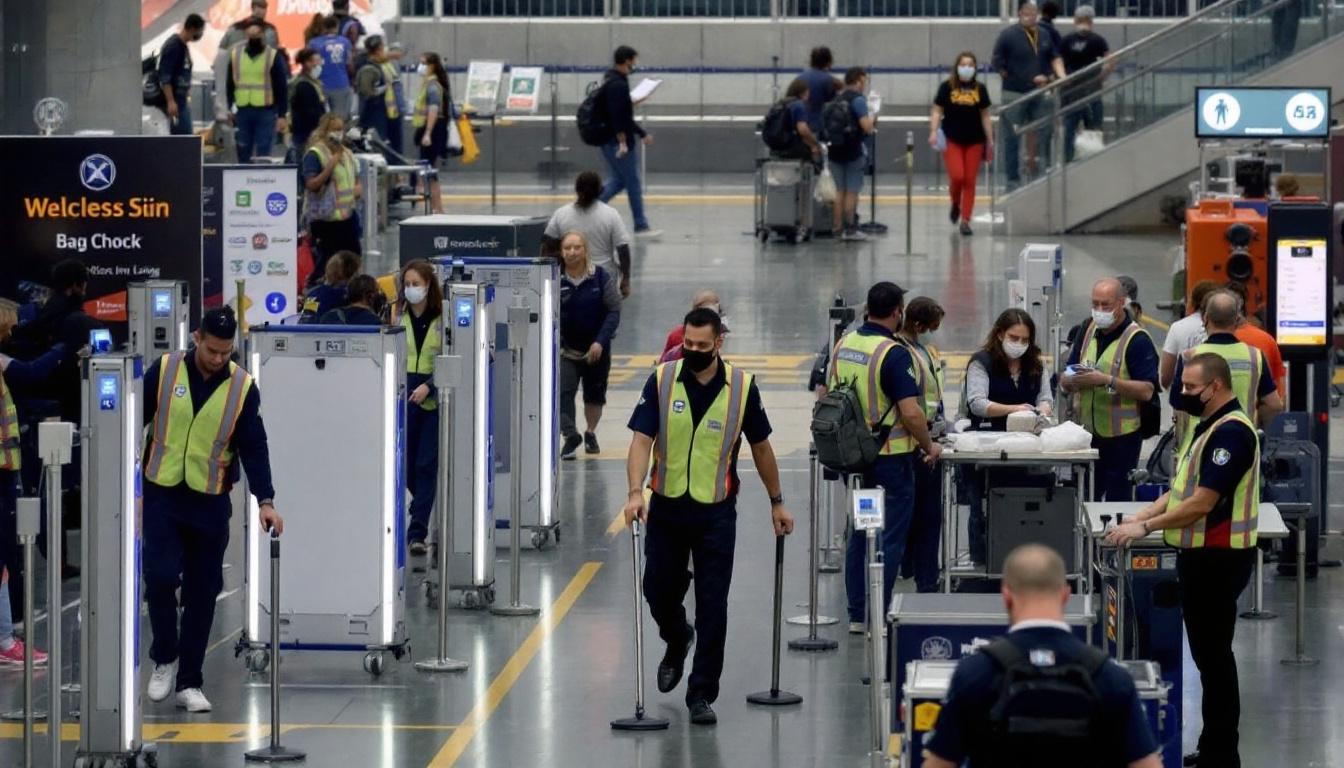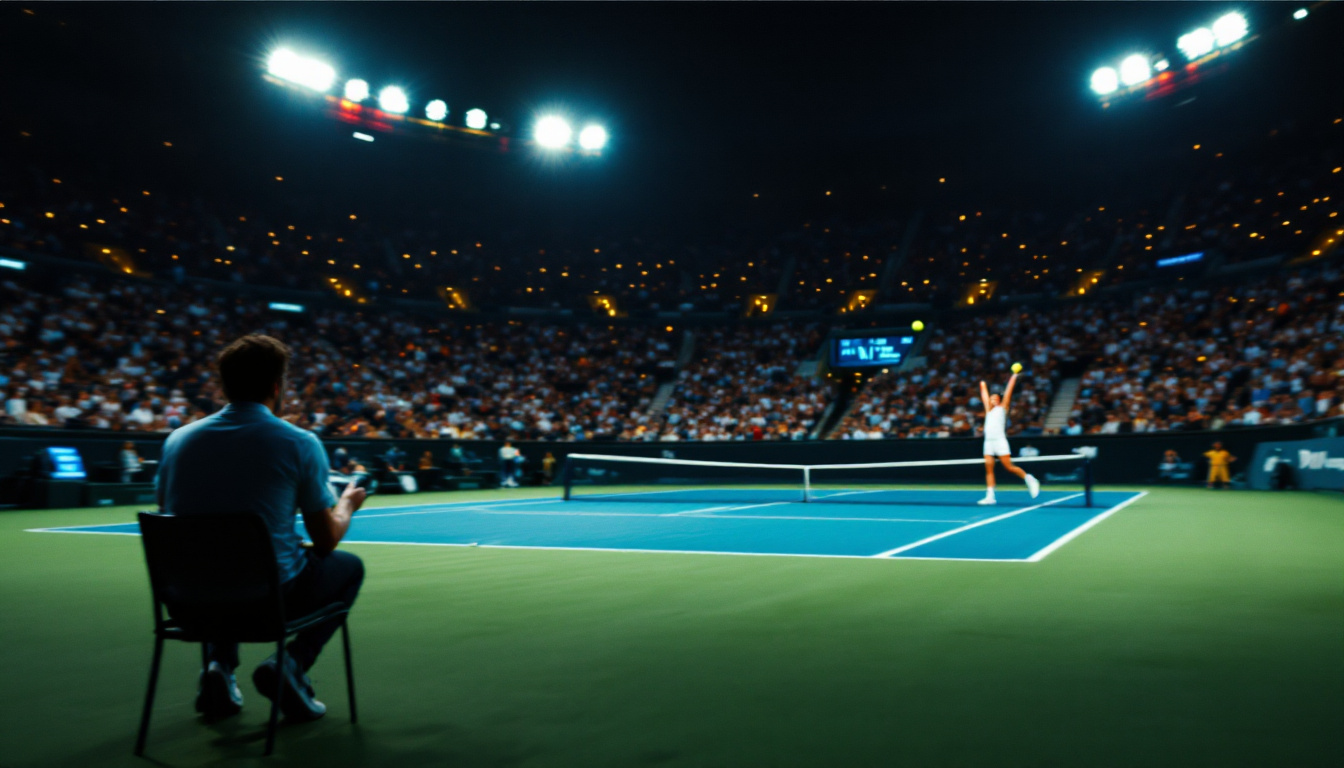What happened at the stadium, how the crowd reacted, whether play was delayed, and why it matters politically.
At a Glance
- High-profile attendance drew mixed reactions from the crowd.
- Security measures may have affected movement in and around the venue.
- Reports referenced brief slowdowns; officials prioritized safety and schedule integrity.
- The moment fed into ongoing 2025 political narratives and media debate.
Arrival, Security, and Venue Logistics
High-level visits to major sporting events trigger enhanced security. Expect extra screening, blocked lanes, and controlled entries. These steps can slow fan movement and concession lines.
- Motorcade timing can affect surrounding traffic.
- Screening lines may lengthen near arrival windows.
- Seating areas close to VIP sections can face tighter checks.

Crowd Reaction: Boos, Cheers, and Chants
Large crowds rarely react in one voice. Reactions vary by seating area, camera angle, and the moment shown on screens. Mixed responses are common when public figures appear at live events.
- Audible boos and cheers can occur at the same time.
- Broadcast mics pick up different sections than on-site phones.
- Clips on social media may amplify a single viewpoint.
Were There Delays?
When VIPs attend, minor slowdowns can happen around entrances and concourses. Tournament officials typically try to keep match timing intact. Any pauses are usually logistical, not game-related.
- Brief pauses for movement in VIP corridors.
- Temporary crowd control near seating sections.
- Core match schedule remains the priority for organizers.

Media Coverage and Social Clips
Newsrooms and platforms highlighted different angles: some focused on boos, others on cheers. Short clips can go viral, but they compress context. Live crowd audio often depends on where microphones and cameras are placed.
- Broadcast audio: captures specific sections.
- Phone videos: reflect the filmer’s location.
- Editorial framing: headlines and captions shape perception.

Why It Matters Politically
Public appearances at major events are a signal. They reach apolitical audiences and test real-time sentiment. Operatives on all sides watch for crowd response and post-event polling shifts.
- Base activation: viral moments energize supporters.
- Persuasion: swing viewers see headlines more than nuance.
- Narrative: campaigns use clips to reinforce talking points.
How to Evaluate Crowd Clips
- Check multiple angles and sources.
- Note the section and level where the clip was filmed.
- Listen for the PA system or in-stadium audio cues.
- Compare broadcast feeds with on-site videos.
- Look for official statements on timing and delays.
FAQ
Did Trump’s visit stop a match?
High-profile visits can create brief movement pauses near VIP areas, but officials usually keep matches running on schedule. If a specific match paused, organizers or broadcasters typically note it.
Why do reactions sound different on TV and in person?
Microphones capture certain sections. TV audio can make cheers or boos seem louder than what another section hears in person.
Is this unusual for big sports events?
No. VIP attendance at marquee events often draws mixed crowds, tighter security, and short-lived bottlenecks.
Final takeaway: The U.S. Open appearance sparked mixed crowd noise and tighter logistics, as expected with any high-profile visit. The moment mattered less for match play and more for how campaigns and media framed it after.
To contact us click Here .

